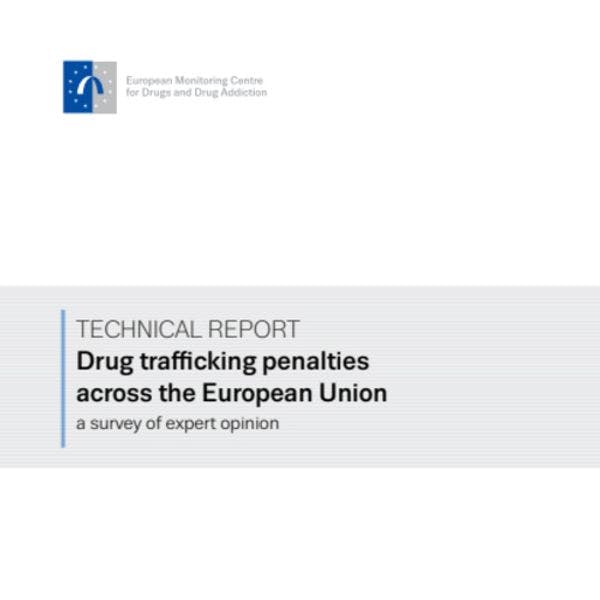Drug trafficking penalties across the European Union
Since 1961, three United Nations conventions have recommended that the unauthorised supply of narcotic drugs and psychotropic substances should be treated as a criminal offence, punishable by sanctions including imprisonment. As the conventions were not more specific, a wide variation exists in the possible penalties for drug trafficking offences across Europe. The European Union attempted to reduce this diversity through the Framework Decision 2004/757/JHA laying down minimum provisions on the constituent elements of criminal acts and penalties in the field of drug trafficking (Böse, 2011; Kert and Lehner, 2013). However, two evaluations by the European Commission (European Commission, 2009, 2013) found that these minimum rules had ‘no significant impacts’ on the practice of prosecutions, convictions and sentencing in Member States.
Recent research into the laws of 11 EU Member States on five serious crimes, including drug trafficking, found that considerable differences exist between the maximum penalties in their laws. The countries tended to view the setting of maximum penalties as a national, rather than EU, level issue. Additionally, in these countries maximum penalties were rarely used and sentences tended to be at the low end of possible sentencing ranges (European Commission, 2014). In line with the findings of earlier studies by the EMCDDA (e.g., 2009), it was found that differences in the statistical reporting between countries, and in particular the lack of complete, multi-level and time-series data, greatly hindered any comparison of sentencing practices.
Keep up-to-date with drug policy developments by subscribing to the IDPC Monthly Alert.
